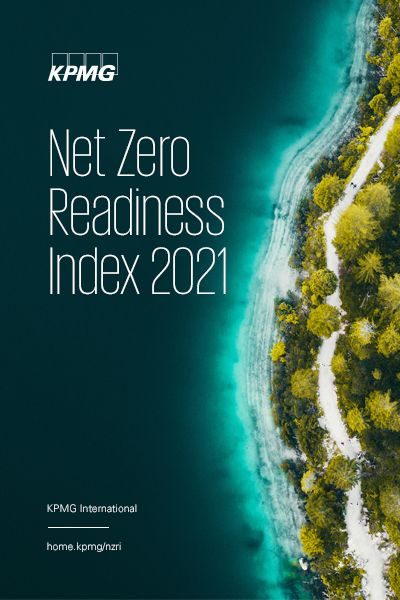The country’s emissions per person are low but rising standards of living could challenge its ability to meet Net Zero. India is however developing solar and onshore wind production, as well as energy efficiency work.
Socioeconomic development
With the second-largest population and fourth-largest economy, India is the third-largest emitter of greenhouse gases globally. While emissions per person are relatively low, the country has also seen the second largest growth in the overall volume between 2010 and 2018. There is no clear date for when greenhouse gases from the country are expected to peak.
Improvements to the standards of living and continuing rise of India’s middle class could create tensions with decarbonization. On agriculture, land use and forestry, the country gets credit for low levels of food waste, and low consumption of meat and milk per person. However, the latter two are increasing with milk availability per person more than doubling since the early 1990s1 and consumption of both is likely to continue to increase along with incomes.
Like other developing countries that are addressing both socioeconomic development and climate change mitigation and adaptation, India has advocated for and been a large beneficiary of funding from developed countries to help offset the costs of the transition.2 In July 2021, Environmental Secretary Rameshwar Prasad Gupta said: “We are not anti-Net Zero. But without adequate climate finance being definitively available, we can’t commit on that part."3
State-directed investment
However, India is undertaking a number of significant decarbonization projects which add up to one of the fastest programs among its peers, according to Anish De, Energy Sector Lead, KPMG in India. Given that energy access and security remains a key priority, this includes targets made under the country’s UN climate change nationally determined contributions to expand renewable energy capacity to 175GW by 2022 and 450GW by 2030.4 The latter would be nearly five times the capacity of the 97GW available in June 2021, a level which has more than tripled since 2014.5
Solar and on-shore wind generation are the leading renewable sources, with many projects commissioned by the government-owned Solar Energy Corporation of India (which also covers wind) then built and operated by the private sector. One of its projects, the Bhadla Solar Park in Rajasthan, may currently be the world’s largest single solar project with an installed capacity of over 2.2GW as of early 2020.6 India’s states are active both in procuring projects and in supporting small-scale solar installations used domestically and in agriculture.
No new coal-fired power stations have been announced in recent years and financing no longer looks possible, De says, meaning coal will decline over coming decades as existing plants are decommissioned.
Energy efficiency and sector transition
The country is also working to improve energy efficiency in areas including lighting, electrical appliances and in industry. “On the demand and the supply side, India has some very interesting projects,” says De. A strong policy framework has laid the foundations for its emission reduction program, but he adds: “The comprehensive plan is not there.” There is no single energy ministry and in some cases policies conflict. India has an energy conservation building code, but there is a lot of ground to cover with many small-scale builders. Similarly, large industrial power users in the steel and cement sectors, as well as big data center operators are taking significant steps to decarbonize, but there is less progress among smaller businesses.
On transport, adoption of electric vehicles has been slower than expected for standard four-wheelers, but many operators of India’s tuk-tuk motorized rickshaws are switching to electricity with companies setting up subscription schemes that let drivers swap batteries to minimize downtime.7 India is extending electrified urban rail networks and there is early-stage work on converting buses to use electricity and hydrogen.
Argentina | Australia | Brazil | Canada | Chile | China | Denmark | France | Germany | Hungary | Indonesia | Italy | Japan | Malaysia | Mexico |
New Zealand | Nigeria | Norway | Poland | Russia | Saudi Arabia | Singapore | South Africa | South Korea | Spain | Sweden | Thailand |
Turkey | United Arab Emirates | United Kingdom | United States
1 ‘Milk production in India’, Indian National Dairy Development Board, accessed July 2021. https://www.nddb.coop/information/stats/milkprodindia
2 G Seetharaman, 'India among the largest recipients of climate change assistance, but a few key questions remain unanswered', The Economic Times, 25 November 2017. https://economictimes.indiatimes.com/news/politics-and-nation/india-among-the-largest-recipients-of-climate-change-grants-but-few-key-questions-remain-unanswered/articleshow/60343313.cms
3 Vrishti Beniwal and Rajesh Kumar Singh, 'India wants rich countries to pay more for green energy shift', 9 July 2021. https://www.bloomberg.com/news/articles/2021-07-09/india-wants-rich-countries-to-pay-more-for-green-energy-shift
4 Srinivasa Rao Patnana, ‘Energy transition in India’, KPMG in India, 4 November 2020. https://home.kpmg/in/en/home/insights/2020/11/energy-transition-in-india.html
5 ‘Renewable Energy’, Invest India, accessed July 2021. https://www.investindia.gov.in/sector/renewable-energy
6 Priya Sanjay, ‘With 2,245 MW of commissioned solar projects, world’s largest solar park is now at Bhadla’, Mercom India, 19 March 2020. https://mercomindia.com/world-largest-solar-park-bhadla/
7 Victoria Masterson, ‘This swappable battery tech is keeping India’s electric tuk-tuk drivers on the road’, World Economic Forum, 8 January 2021. https://www.weforum.org/agenda/2021/01/sun-mobility-ev-battery-swap-stations/




